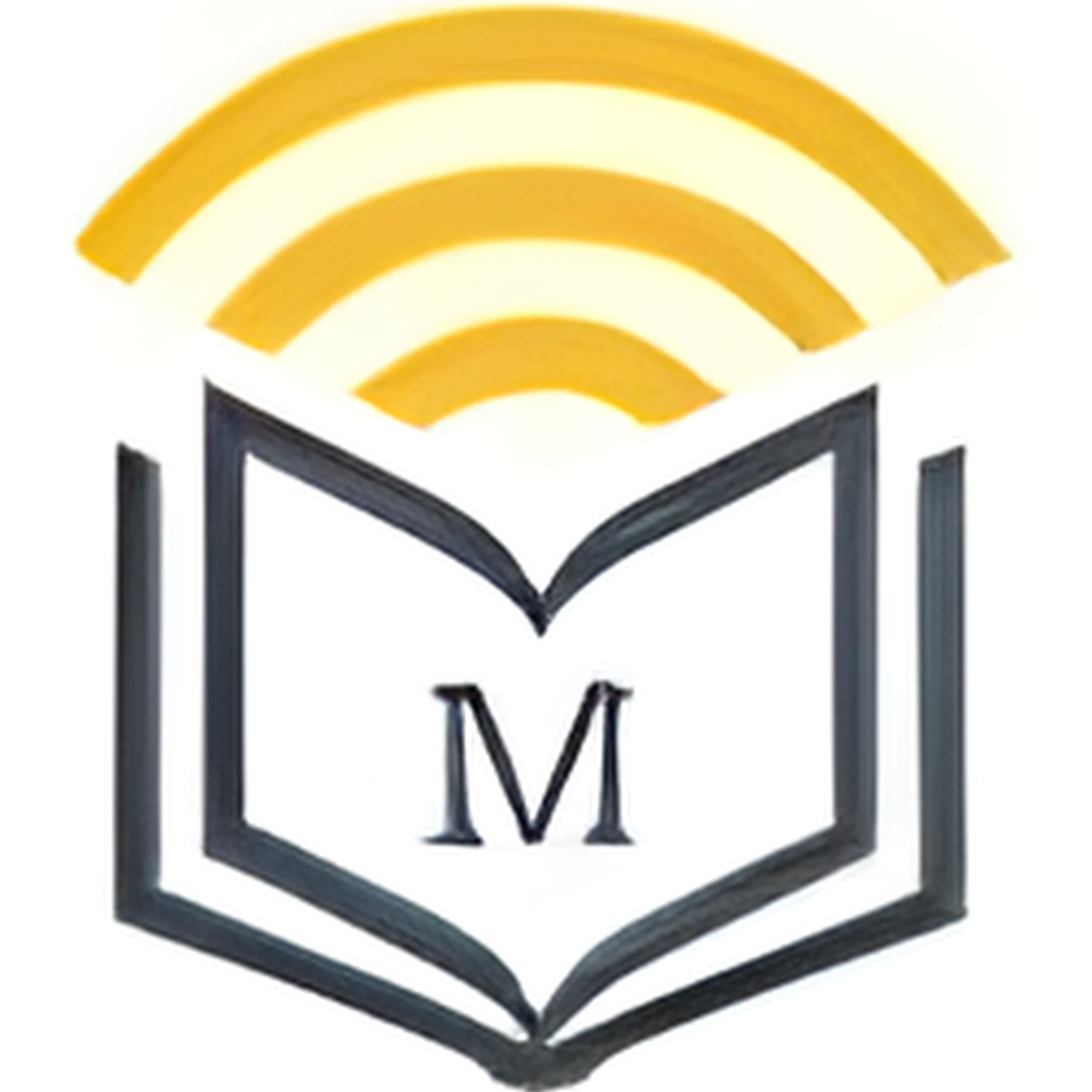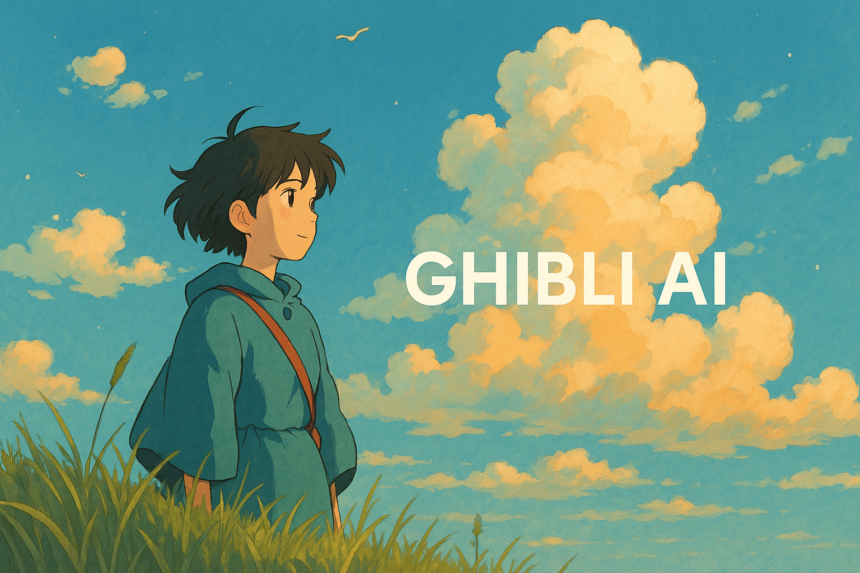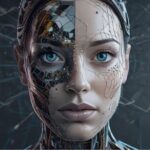Exploring Ghibli AI: A Fusion of Art and Technology
Studio Ghibli, the legendary Japanese animation studio, has captivated audiences for decades with its breathtaking visuals, heartfelt storytelling, and masterful craftsmanship. From classics like My Neighbor Totoro and Spirited Away to modern gems like The Wind Rises, Ghibli’s works have left an indelible mark on global cinema. With the advent of artificial intelligence (AI) in creative fields, a new question emerges: How can AI contribute to the world of Ghibli-style animation and storytelling? Enter Ghibli AI, a fascinating intersection of technology and traditional animation that aims to enhance, preserve, and even innovate upon the timeless beauty of Ghibli’s art.
What is Ghibli AI?
Ghibli AI is not an official project by Studio Ghibli, but rather a term used to describe AI-powered tools and techniques that replicate or enhance the studio’s signature art style and storytelling approach. These tools leverage machine learning models, neural networks, and deep learning techniques to analyze Ghibli’s animation, colors, and even character movements. The goal is to generate or assist in creating animation that embodies the aesthetic and emotional depth characteristic of Ghibli films.
Several AI-driven projects and tools have surfaced that attempt to mimic or extend the Ghibli style. Some use image-generation AI models trained on Ghibli’s animation frames to create new scenes, while others employ deep learning algorithms to upscale, colorize, or animate still images in the signature Ghibli look.
How AI is Transforming Ghibli-Style Animation
The impact of AI on Ghibli-style animation can be observed in multiple ways:
1. AI-Assisted Animation and Frame Interpolation
Traditional animation, especially hand-drawn animation like Ghibli’s, is time-consuming and labor-intensive. AI-powered tools such as DeepMotion, DAIN (Depth-Aware Video Frame Interpolation), and RIFE (Real-Time Intermediate Flow Estimation) help fill in missing frames between hand-drawn sequences, making animation smoother without sacrificing the authenticity of the original art style.
2. AI-Powered Image Generation
AI models like Stable Diffusion and MidJourney have been trained on Ghibli-inspired datasets to generate high-quality images that closely resemble the studio’s hand-painted backgrounds and character designs. These models allow artists to create Ghibli-like landscapes and characters with minimal effort, serving as inspiration or as a base for further refinement.
3. AI-Driven Storytelling and Scriptwriting
Generative AI, such as OpenAI’s GPT models, can assist in crafting narratives that follow Ghibli’s themes—often centered around nature, childhood wonder, and coming-of-age journeys. While AI-generated scripts are not a replacement for the emotional depth of a human-written Ghibli story, they can serve as a brainstorming tool for writers seeking to capture the essence of a Miyazaki-style tale.
4. Upscaling and Restoration of Ghibli Films
AI-enhanced upscaling techniques, like those found in Topaz Video Enhance AI, can improve the quality of older Ghibli films, bringing them to 4K resolution while preserving the hand-drawn details. This is particularly useful for digital preservation and ensuring that classic animations remain accessible to future generations.
Challenges and Ethical Considerations
While AI offers promising advancements in animation, there are significant concerns regarding its application in Ghibli-style art:
- Authenticity and Artistic Integrity: Ghibli films are celebrated for their hand-crafted beauty, something AI-generated art may struggle to replicate perfectly. There’s a fine line between using AI as a tool to assist artists and replacing the human touch that defines Ghibli’s charm.
- Copyright and Ethical Use: AI models trained on Ghibli’s work without permission raise ethical and legal concerns. The debate over AI-generated content and intellectual property rights continues to be a contentious issue in the creative industry.
- Creativity vs. Automation: While AI can generate stunning visuals, it lacks the soul and emotional depth of a human storyteller. A Miyazaki film is not just about its art but also the philosophy, personal experiences, and cultural depth that AI cannot replicate.
Future of AI in Ghibli-Inspired Animation
Despite these challenges, AI has the potential to complement traditional animation rather than replace it. Future developments could see AI working alongside animators, enhancing workflows, and allowing artists to focus more on storytelling and emotional depth while automation handles repetitive tasks. As technology evolves, the fusion of AI and animation will continue to shape new forms of artistic expression.
In the end, the magic of Ghibli lies in its ability to touch the human heart, a quality that AI has yet to master. However, when used as a supportive tool, AI has the potential to enhance and preserve the legacy of Ghibli’s timeless artistry for generations to come.



